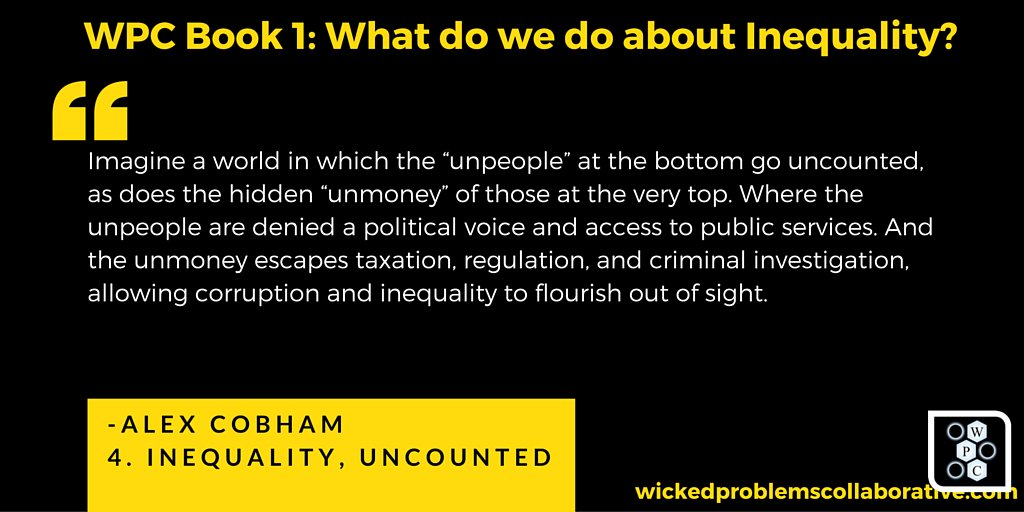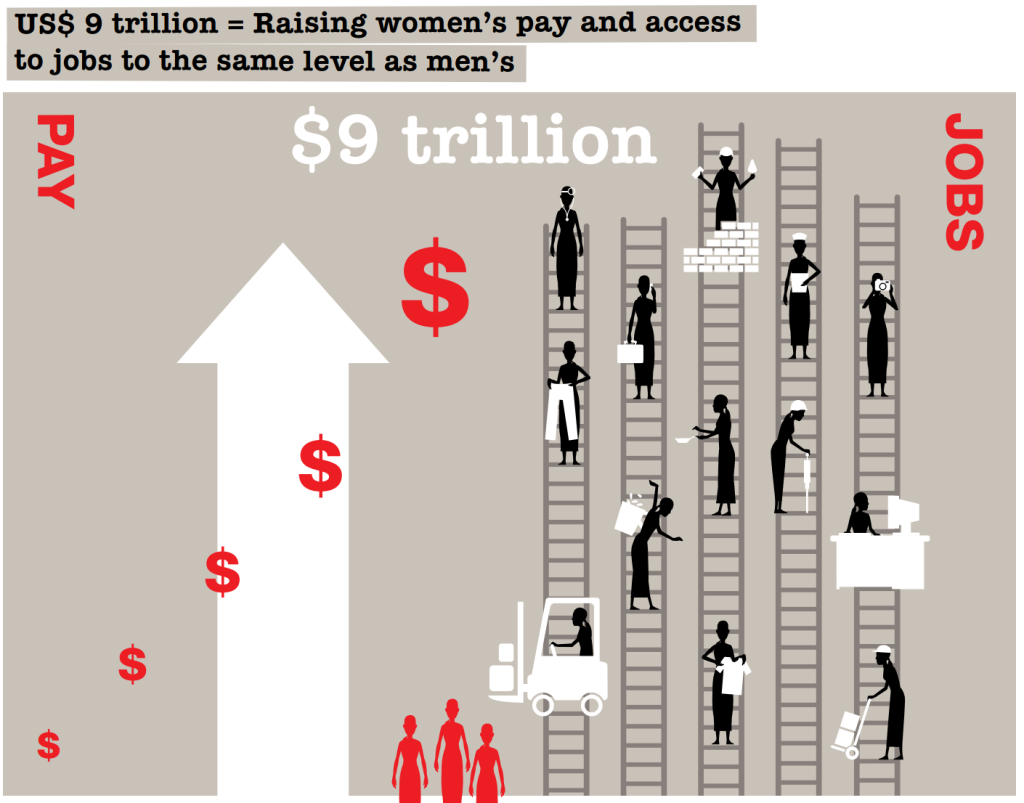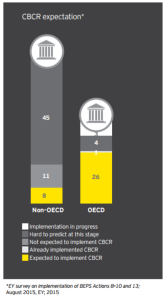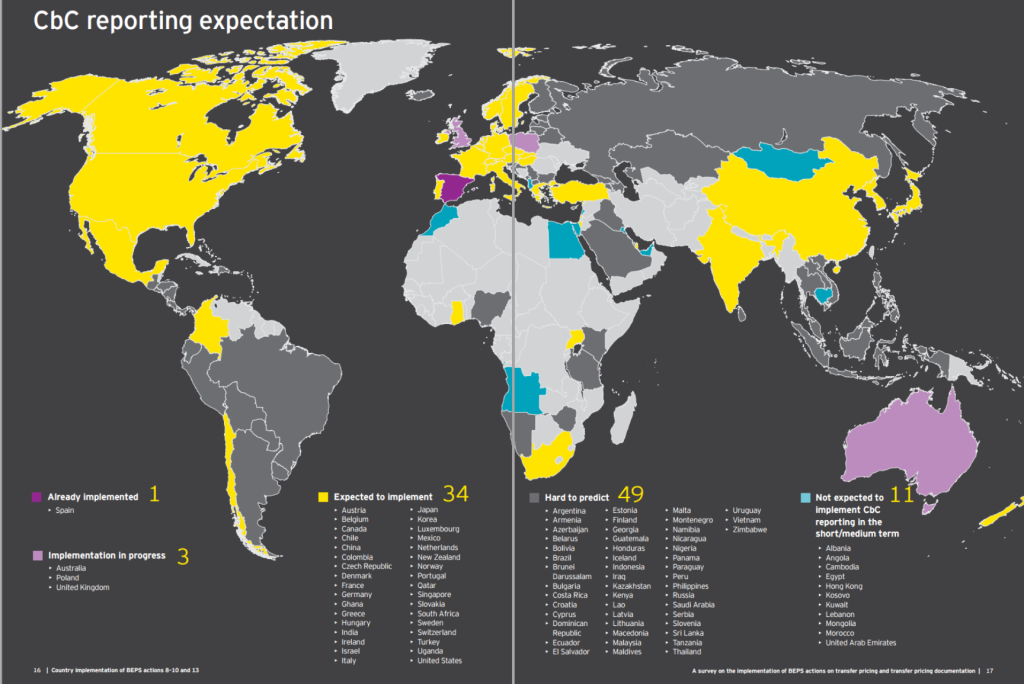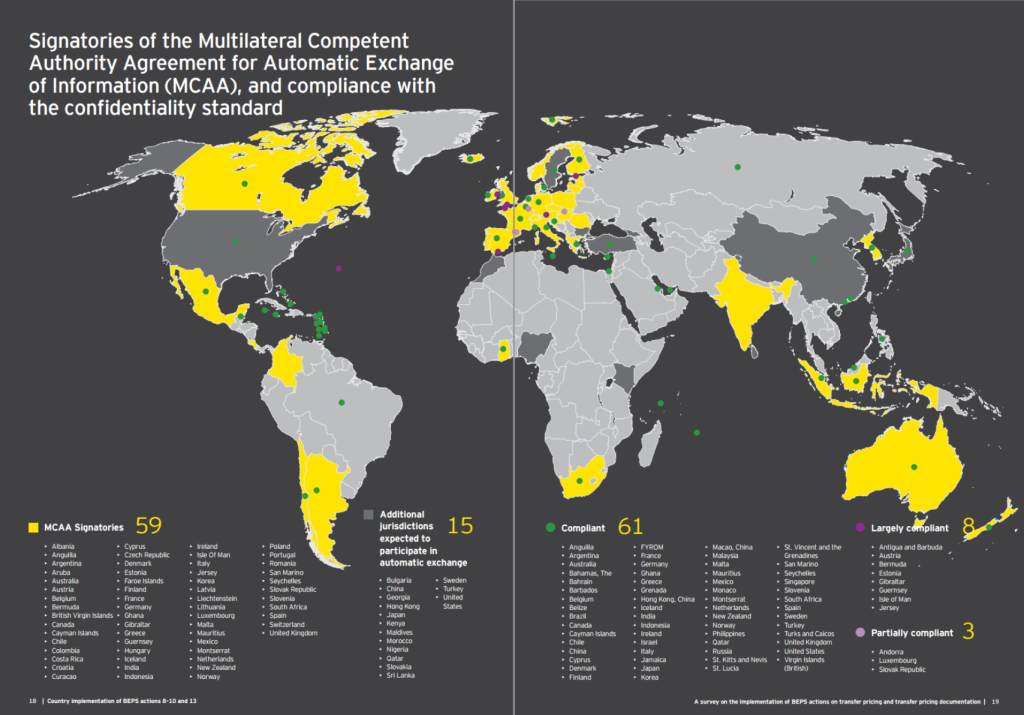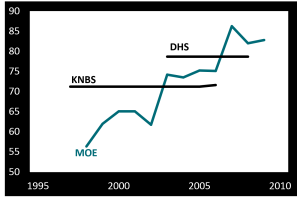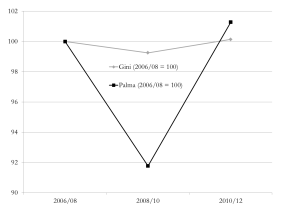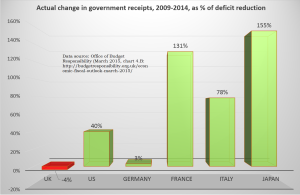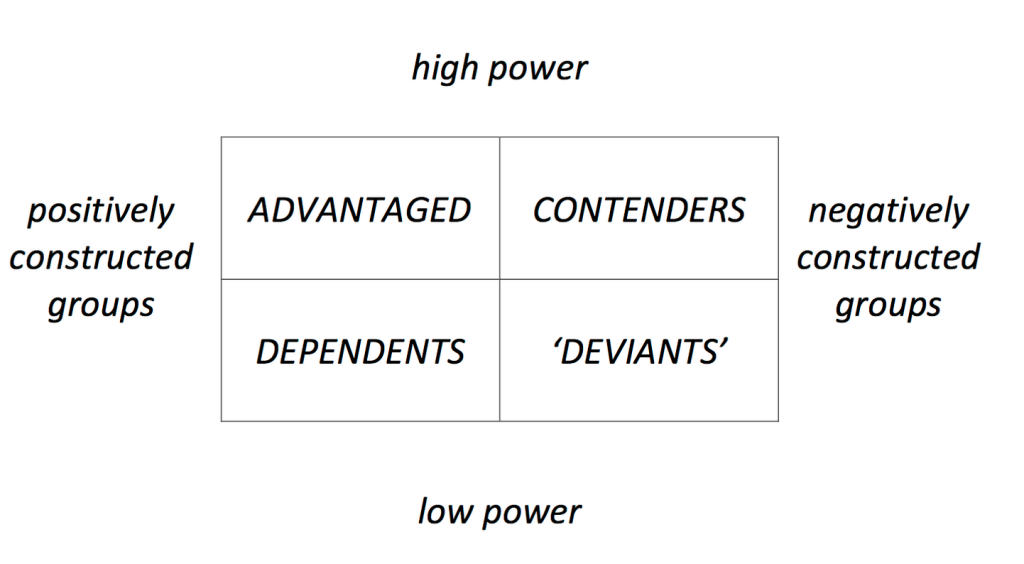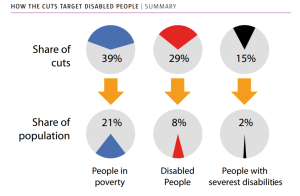In reckoning the numbers of the people of the Commonwealth, or of a State or other part of the Commonwealth, aboriginal natives shall not be counted.
-Commonwealth of Australia Constitution Act 1900, section 127.
Imagine a world of such structural inequality that even the questions of who and what get counted are decided by power. A world in which the “unpeople” at the bottom go uncounted, as does the hidden “unmoney” of those at the very top. Where the unpeople are denied a political voice and access to public services. And the unmoney escapes taxation, regulation, and criminal investigation, allowing corruption and inequality to flourish out of sight.
This is the world we live in. A world of inequality, uncounted.
We may pride ourselves on being the generation of open data, of big data, of transparency and accountability, but the truth is less palatable. We are the generation of the uncounted—and we barely know it. But things may be changing, albeit slowly.
The Wicked Problems Collaborative has launched its first book, ‘What do we do about inequality?’ . The text above is the introduction to my chapter, ‘Inequality, Uncounted’ – which is a lighter, more direct telling of the argument made in the paper published last month in Development.
The indefatigable Chris Ostereich (@costrike) led the project, and edited the book, bringing together a really impressive group of contributors (and kickstarter funding). Below is the table of contents – and here’s the link to the book (it’s on Kindle so yes, on Amazon. Sorry).
TABLE of CONTENTS
ACKNOWLEDGEMENTS
DEDICATION
OPENING VOLLEYS
CONTENTS
FIGURES
WPC CONTRIBUTORS ON TWITTER
EDITOR’S NOTE
THE BLIND MEN AND THE ELEPHANT
PREFACE
INTRODUCTION
WHAT DO WE DO ABOUT INEQUALITY?
1. TO ADDRESS INEQUALITY, THINK GLOBAL | Dylan Matthews
2. THE IDEOLOGICAL STRAITJACKET | Sean McElwee
3. WHAT DOES EQUIPOTENTIALITY BRING TO THE TABLE IN TERMS OF EQUALITY? | Michel Bauwens
4. INEQUALITY, UNCOUNTED | Alex Cobham
5. THE INEFFICIENCY OF INEQUALITY | Daniel Altman
6. IS CAPITALISM UNFAIR? | Chris MacDonald
7. THE PROBLEM OF INEQUALITY | Kevin Carson
8. TOWARDS RENOUNCING PERSONAL PRIVATIZATION | Nicholas Archer
9. THE INEQUALITY OF WILDNESS AND THE NECESSITY OF WILDNESS FOR EQUALITY | Megan Hollingsworth
10. THE STICKINESS OF INJUSTICE | Jennifer Reft
11. NOBLE FICTIONS AND SACRED TEXTS Paul Fidalgo
12. THE VOICES THAT ARE NOT YOUR OWN: MAINTAINING CHOICE IN THE AGE OF THE ALGORITHM | John C. Havens
13. THE EMPATHY DEFICIT: WHY THE INEQUALITY CRISIS IS ALSO A CRISIS OF EMPATHY | Robin Cangie
14. BILLIONAIRES WITH DRONES: FROM OLIGARCHY TO NEOMEDIEVALISM | Frank A. Pasquale
15. WHAT SHOULD THE WORLD LEARN FROM THE EXPERIENCE OF INEQUALITY IN LATIN AMERICA? | Patrick Iber
16. OCCUPY SANDY AND THE FUTURE OF SOCIALISM | Sam Knight
17. THE “PLACE OF BIRTH” LOTTERY | David Kaib & Chris Oestereich
18. INEQUALITY AND THE BASIC INCOME GUARANTEE | Scott Santens
19. THE AGE OF INEQUALITY: CAUSES, DISCONTENTS, AND A RADICAL WAY FORWARD | Jason Hickel & Alnoor Ladha
20. TWENTIETH CENTURY SOLUTIONS WON’T WORK FOR TWENTY-FIRST CENTURY INEQUALITY | David O. Atkins
21. THE STATE OF AFFAIRS: HEADING FROM BAD TO WORSE | Adnan Al-Daini
22. THE TRAGEDY OF OUR MIDDLE CLASS | Peter Barnes
23. POST-SCARCITY ECONOMICS: WHY ARE SOME PUNDITS AND ECONOMISTS STILL ENAMORED OF AUSTERITY? | Tom Streithorst
24. INCOME INEQUALITY: WHAT’S WRONG WITH IT, AND WHAT’S NOT | F. Spagnoli
25. TURMOIL & TRANSITION | Harold Jarche
26. KNOWLEDGE, POWER, AND A POTENTIAL SHIFT IN SYSTEMIC INEQUALITY | Jon Husband
27. THE QUESTION OF INEQUALITY: A VIEW FROM INDIA | Akhila Vijayaraghavan
28. WHAT YOU KNOW IS BASED ON WHO YOU KNOW | Deborah Mills-Scofield
29. INEQUALITY IS ABOUT THE POOR, NOT ABOUT THE RICH | Miles Kimball
30. TO TACKLE EXTREME POVERTY, WE MUST TAKE ON EXTREME INEQUALITY | Nick Galasso & Gawain Kripke
31. ADDRESSING WEALTH EQUALITY WITH INVESTING SOLUTIONS FROM NATURE, NURTURE, AND SCIENCE | Rosalinda Sanquiche
32. THE LOGIC OF STUPID POOR PEOPLE: STATUS, POVERTY AND GATEKEEPING | Tressie McMillan Cottom
33. POOR CHOICES | Melonie Fullick
34. THE PARTICIPATION GAP | Devin Stewart
35. GETTING THE FRAME RIGHT | KoAnn Skrzyniarz
36. THE FIRST JOB CREATOR | Adam Kotsko
37. LIFE IN THE TREETOPS: A CHOICE OF CHASTENING PRIVATION OR DEBASING PROSPERITY | Chris Oestereich
NOW WHAT?
IT’S LONELY OUT IN SPACE
PARTING SHOTS

